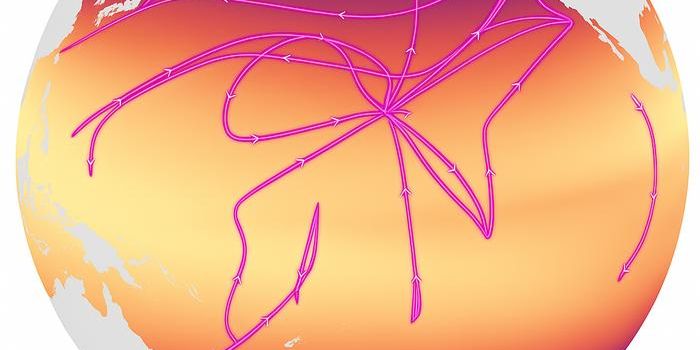Bonobos are drawn to the emotions of strangers, unlike humans
Humans and several species of primates share remarkable similarities. Specifically, we share several characteristics with chimpanzees and bonobos, especially when it comes to certain group behaviors.
Among these similarities include certain social characteristics, including the ability to detect emotion in others. However, there is a key aspect of emotional recognition in which humans and bonobos, especially different: bonobos are more drawn to the emotions of strangers than are humans, a finding researchers describe in a recent study published in Emotion, a journal that’s part of the American Psychological Association.
Researchers associated with Leiden University and the University of Amsterdam specifically designed a study to see how bonobos and humans responded to different emotionally and non-emotionally charged images, including images of people who were both familiar and unfamiliar. For the bonobos, researchers at the Apenheul Zoo in the Netherlands trained bonobos to view a screen and touch a button that revealed two images. The images were one of a bonobo they would recognize and one they would not. There was also a mixture of images of bonobos that were “neutral” and bonobos showing some kind of emotion. With each set of images, bonobos were trained to select an image as quickly as possible. The image the bonobo selected hypothetically represented an image they were more quickly drawn to.
Researchers also conducted a similar study of human visitors to the zoo: showing them two images (one of a stranger and one of someone they visited the zoo with), each with different expressions conveying different emotions.
Overall, researchers found that people and bonobos had one similarity in their responses: they all gravitated to images of strangers with emotionally-charged expressions or behavior. This wasn’t entirely unexpected, especially given the social nature of humans and bonobos. But this is where humans and bonobos differed. Humans gravitated to the emotional images of people they knew more frequently, whereas the bonobos were more drawn to the emotions of strangers.
These findings may provide more insight into human evolutionary history, helping understand where human emotions came from and why the differ from our predecessors. For example, researchers hypothesize that it has to do with living circumstances of humans and bonobos as we evolved. Because bonobos have a much more stable living environment, there is less conflict among each other and possibly more interest in strangers. For humans, who used to be nomadic, turned inwards towards each other, likely as a measure of protection and self-preservation.
Sources: Eurekalert!; Emotion








